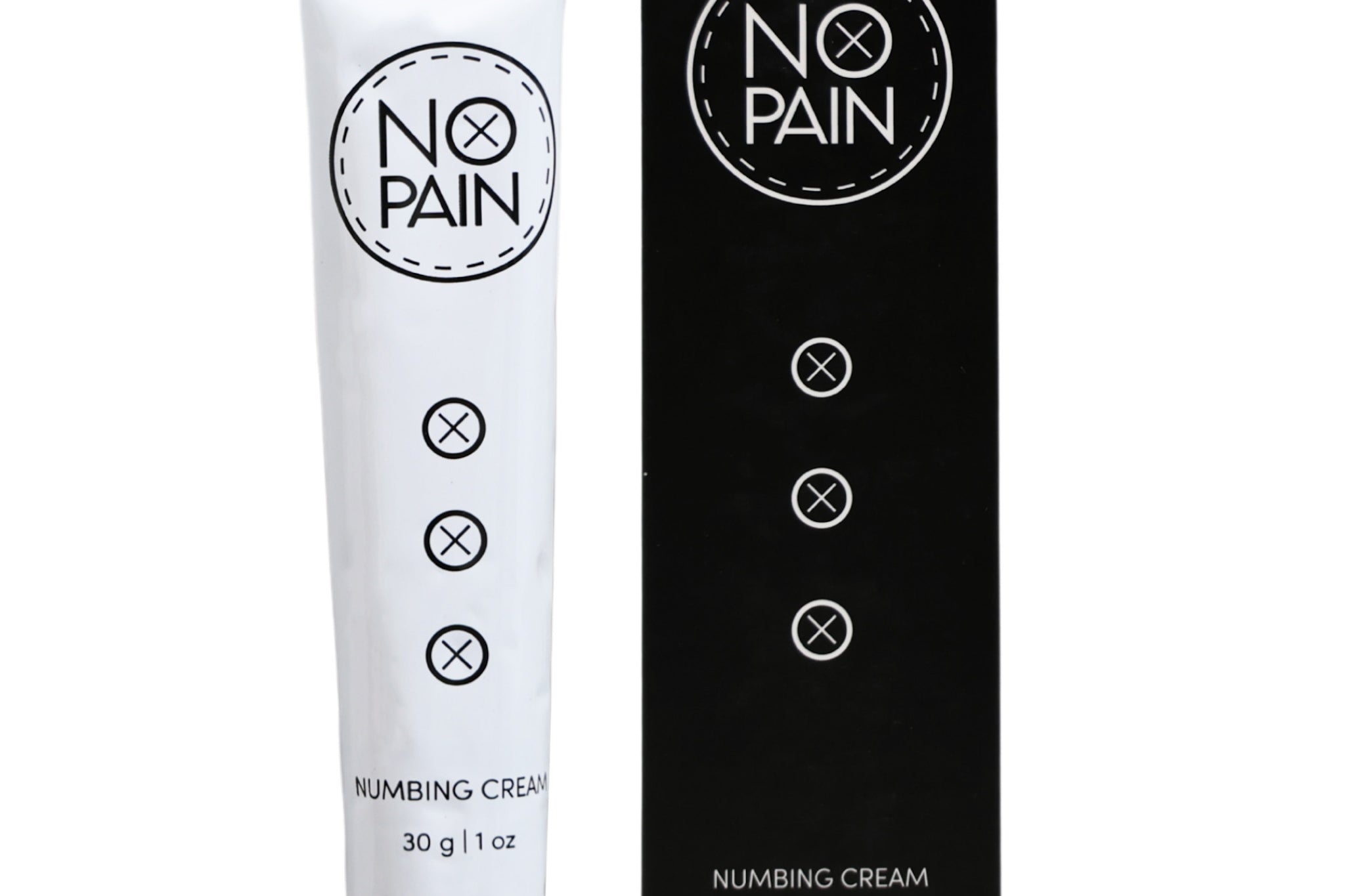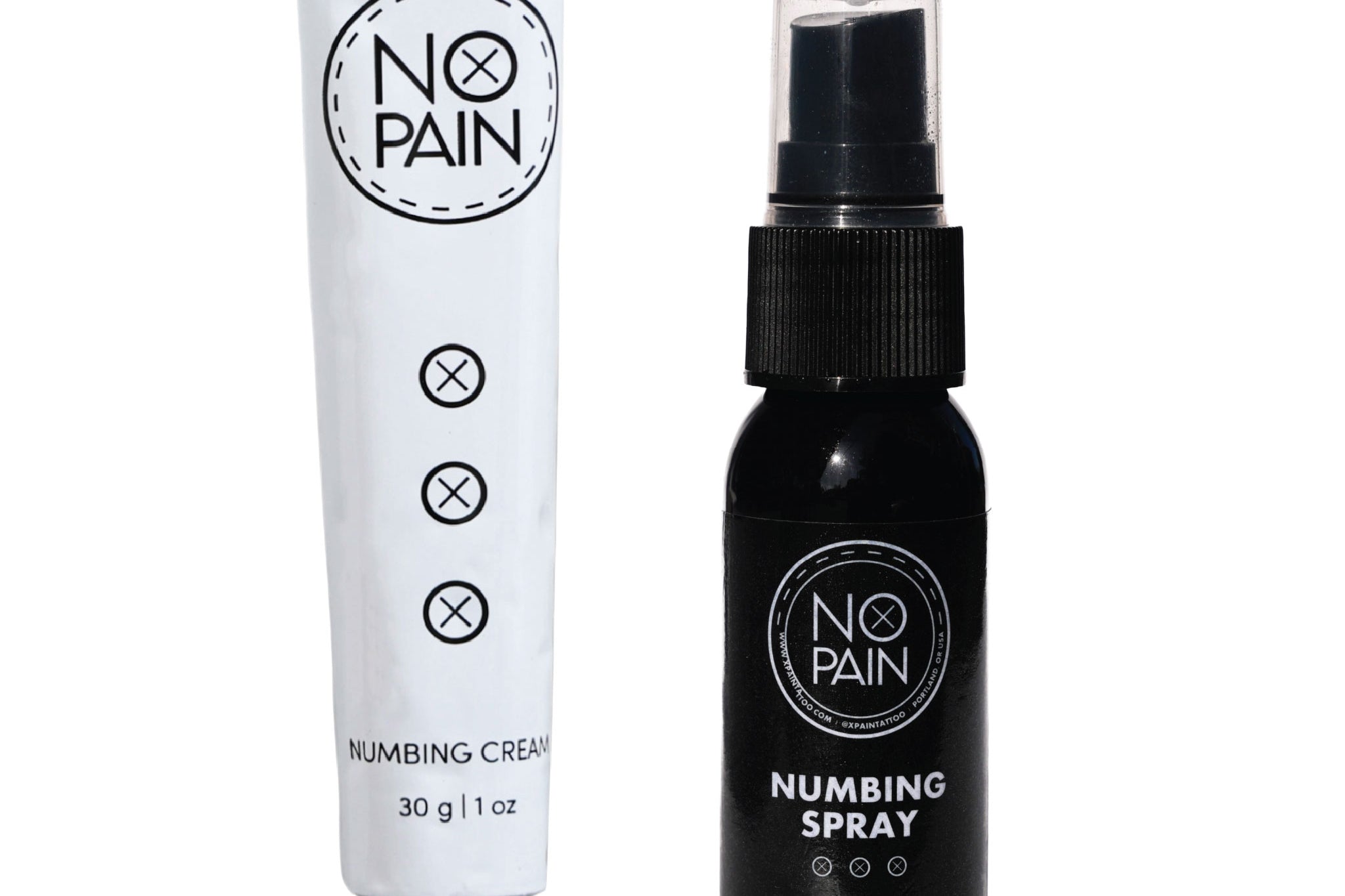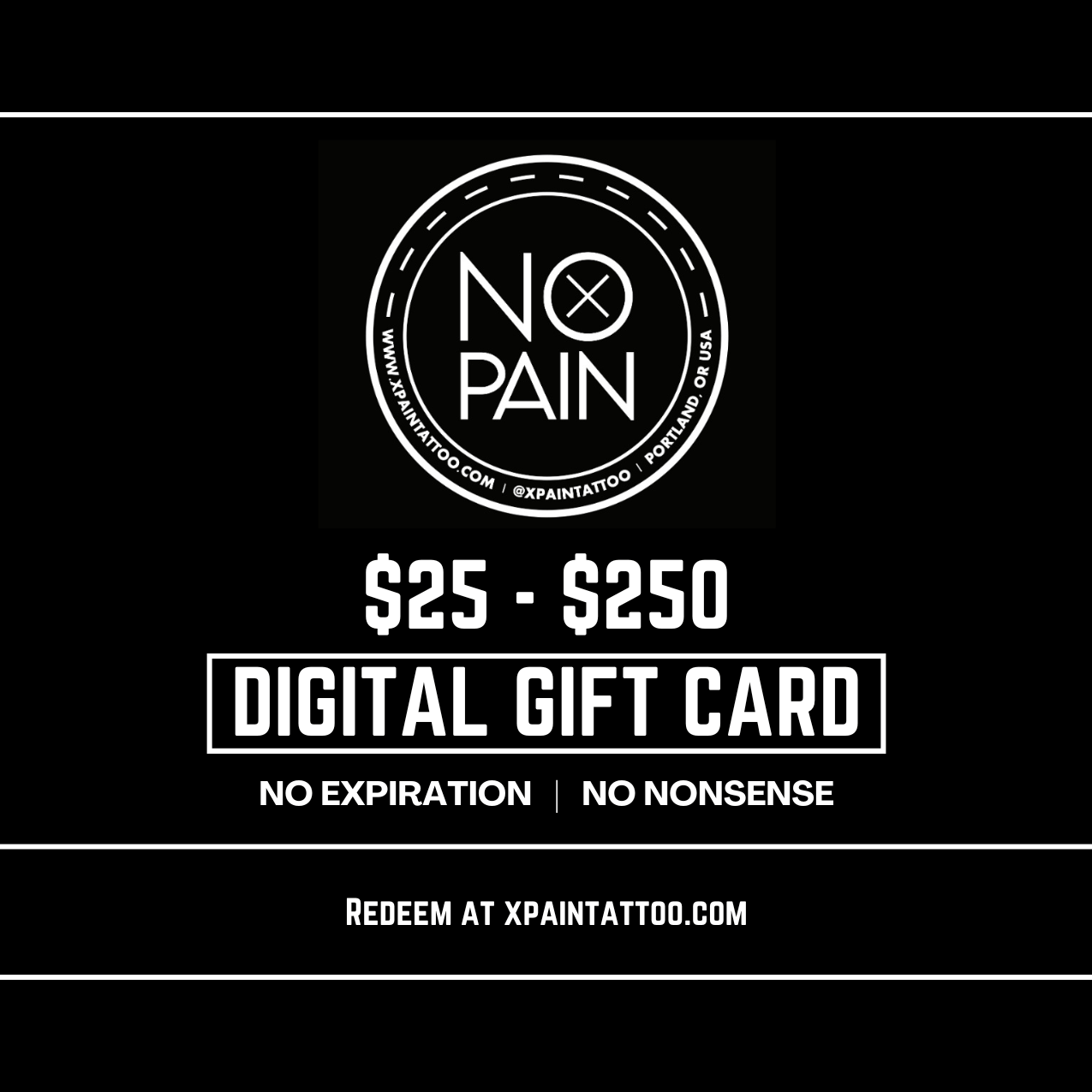You're in a consultation with a tattoo artist, trying to describe your vision. You want a tattoo of a wolf, but you want it to look... well, like a classic, "tattoo-y" tattoo. Bold, powerful, and timeless. Or maybe you want that same wolf, but with more detail, a wider range of colors, and a more illustrative, modern feel.
The words you're looking for are likely "Traditional" and "Neo-Traditional."
These two styles are foundational pillars in Western tattooing, and while they share a common ancestry, they have distinct rules, aesthetics, and histories. Understanding the difference is the key to finding the right artist and, ultimately, getting the exact tattoo you're envisioning. Let's break it down.
The Foundation: American Traditional (Old School)
When you think of a classic tattoo, you're probably thinking of American Traditional. This style was born in the early 20th century in the tattoo parlors frequented by sailors and soldiers. Pioneered by legends like Norman "Sailor Jerry" Collins, these tattoos were designed with one primary goal: to be bold and to last a lifetime, using the machines and inks of the era.
Key Characteristics:
-
Bold, Black Outlines: This is the most defining feature. The outlines are thick, uniform, and unapologetically black, designed to hold the tattoo together for 50+ years.
-
Limited Color Palette: Artists worked with what was available and reliable. This meant a simple, highly saturated palette of primary colors: bold red, yellow, green, and occasionally blue, all paired with heavy black shading.
-
Simple, Iconic Subject Matter: The designs are symbolic and straightforward, meant to be easily "read" on the skin. Think eagles, panthers, skulls, daggers, ships, anchors, pin-up girls, and roses.
-
Minimalistic Shading: Shading is typically done with simple black whip-shading or solid fields of packed-in color. There isn't much complex blending or rendering. The goal is clarity and power.
The Evolution: Neo-Traditional
As tattoo technology and artistic influences evolved, so did the traditional style. Beginning in the 1980s and 90s, artists took the core principles of traditional work—readability and solid design—and infused them with modern techniques and a wider range of influences, from Art Nouveau to realism. The result is Neo-Traditional.
Key Characteristics:
-
Varied Line Weights: This is a major difference. Neo-Traditional artists use a dynamic mix of thick and thin lines to create a sense of depth, detail, and visual interest, making the tattoo look more like a detailed illustration.
-
Expanded, Complex Color Palette: Thanks to modern inks, the color possibilities are endless. Neo-Traditional tattoos feature sophisticated color blending, smooth gradients, and a much wider range of hues, including purples, pinks, teals, and subtle earth tones.
-
Detailed, Ornate Subject Matter: While it still uses classic subjects like animals and portraits, Neo-Traditional adds a layer of lush detail. Animals have expressive faces and individually rendered fur, flowers have delicate, multi-toned petals, and decorative elements like jewels and filigree are common.
-
Complex Shading & Blending: This style uses the smooth, buttery shading and color gradients of realism to create a sense of three-dimensional form that you won't find in classic Traditional work.
Which Style is Right for You?
-
Choose Traditional if... you love bold, timeless, and powerful designs that are instantly recognizable. You appreciate the rich history of tattooing and want a piece that is guaranteed to look good for the rest of your life.
-
Choose Neo-Traditional if... you love detailed, illustrative, and colorful art. You want a design with more depth and dimension and a more modern, ornate feel that still honors the principles of good tattoo design.
Healing and Preserving Your Chosen Style
Whether you choose the bold simplicity of Traditional or the detailed vibrancy of Neo-Traditional, your goal after the session is the same: to ensure the tattoo heals perfectly and stays looking sharp for a lifetime.
-
For Traditional Tattoos, you want those bold black outlines and solid fields of color to heal as rich and deep as possible. A clean heal using our No Pain Tattoo Aftercare Bundle prevents the heavy scabbing that can lead to patchy, faded blacks.
-
For Neo-Traditional Tattoos, protecting the complex color blends and delicate details is key. Our No Pain Tattoo Aftercare Balm is formulated to nourish the skin and lock in those vibrant hues, ensuring they heal with the dimension your artist intended.
In short: Traditional is about bold, powerful simplicity. Neo-Traditional is about illustrative detail and complexity. Neither style is "better"—it's all about your personal aesthetic. Do your research, find an artist who is a master of the style that speaks to you, and you'll be on your way to getting a tattoo you'll be proud of forever.




